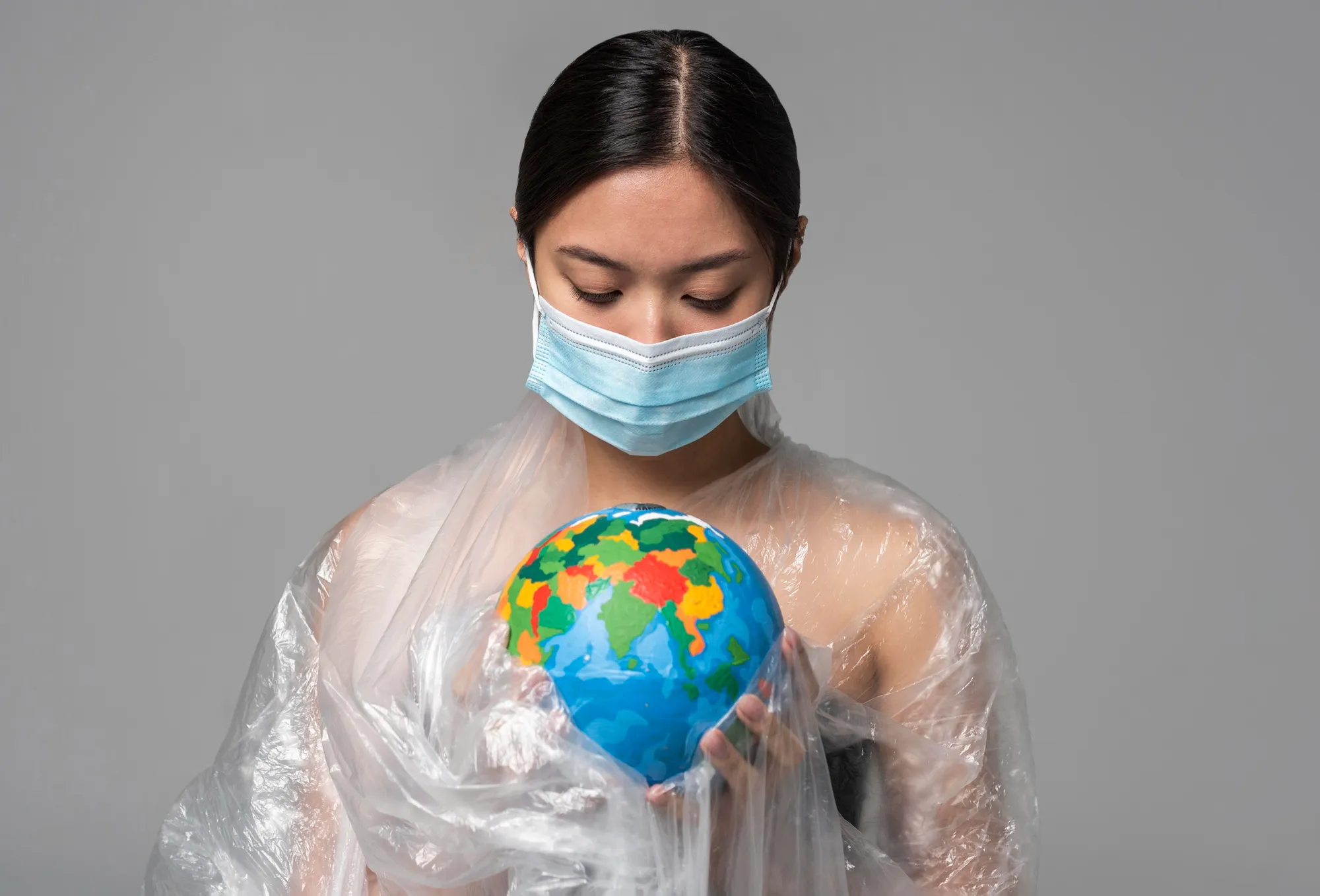Publication: Scientific Reports
DOI: 10.1038/s41598-019-43353-w
Date of publication: 2019 May 06
Volume: 9, Article number: 6902
Authors: Silva Fabrício Brito, Santos Jessflan Rafael Nascimento, da Silva Letícia Chagas, Gomes Wolia Costa, Villis Paulo Cesar Mendes, Gomes Eliane Dos Santos, Pinheiro Edilene de Araújo Diniz, Azevedo Conceição de Maria Pedrozo E Silva de, Dias Rosane da Silva, Monteiro Cristina de Andrade, Santos Julliana Ribeiro Alves
Keywords
1. Mycosis in Brazil
2. Climate impact on health
3. Hospitalizations for fungi
4. Climate change and mycoses
5. El Niño La Niña effects
In an insightful study published on May 6, 2019, in the renowned journal Scientific Reports with DOI: 10.1038/s41598-019-43353-w, researchers have uncovered the complex relationship between climate patterns and the hospitalizations for mycoses in Brazil. The study delves into the dynamics of this correlation across different time scales, focusing on the impact of large-scale climate oscillations on the prevalence of these often-neglected fungal infections.
Mycosis, a term that describes infections caused by fungi, poses a significant health concern in tropical and subtropical regions. These infections can range from superficial, affecting the skin or nails, to systemic, impairing vital organs and functions. In Brazil, the healthcare burden of mycoses is notable, particularly in populous state capitals.
The research team, led by Silva Fabrício Brito and colleagues from Universidade CEUMA in São Luís, Maranhão, Brazil, analyzed hospitalization data from 2008 to 2016, across ten Brazilian state capitals with the highest rates of mycoses admissions. Their findings shed light on the intricate ways through which minimum temperature fluctuations and major climatic events influence mycosis cases.
Key Findings
The study reports that at an annual scale, minimum temperature emerged as a primary climate variable associated with mycosis hospitalizations, particularly during periods of high prevalence in the studied capitals. Unveiling a remarkable correlation, the researchers highlighted the significant increase in hospitalizations concurrent with La Niña events, characterized by cooler sea surface temperatures in the central Pacific. On the other hand, a reduction in such hospital admissions was observed during warmer El Niño events.
Such patterns illustrate the pronounced impact of the Pacific Interdecadal Climate Oscillation on mycoses spread in the country. This finding underscores the importance of considering both global and regional climatic drivers when assessing the health impacts related to environmental changes.
The study’s conclusions are supported by meticulously gathered statistics and data, and the contributions of highly qualified specialists in their respective fields, including microbiologists, environmental engineers, and health service managers, among others.
Implications for Public Health and Policy
This research holds significant implications for public health strategies and policymaking. Understanding the connection between climate variables and mycosis hospitalizations is crucial for forecasting and potentially mitigating the impact of these infections.
References
1. Comrie, A.C. Climate factors influencing Coccidioidomycosis seasonality and outbreaks. Environ. Health Perspect. 2005;113:688–692. doi: 10.1289/ehp.7786.
2. Parham, P.E., Michael, E. Modeling the Effects of Weather and Climate Change on Malaria Transmission. Environ. Health Perspect. 2010;118(5):620–626. doi: 10.1289/ehp.0901256.
3. Barrozo, L.V., et al. Climate and acute/subacute Paracoccidioidomycosis in a hyper-endemic area in Brazil. Int. J. Epidemiol. 2009;38:1642–1649. doi: 10.1093/ije/dyp207.
4. Giacomazzi, J., et al. The burden of serious human fungal infections in Brazil. Mycoses. 2016;59:145–150. doi: 10.1111/myc.12427.
5. Machado, J.P., Martins, M., Leite, I.C. Quality of hospital databases in Brazil: some elements. Rev. bras. epidemiol. 2016;19:567–581. doi: 10.1590/1980-5497201600030008.
Implications for Future Research
The interplay between climatic conditions and health represents a burgeoning research front. As the authors posit, further exploration is essential to elucidate local environmental factors that might tweak the transmission dynamics of fungal diseases. Building upon solid epidemiological data, future research could deepen our grasp of the climate-health nexus and extend it to other neglected diseases.
Moreover, integrative approaches combining geographic information systems (GIS), remote sensing, and meteorological data could further our predictive capabilities, ultimately aiding in crafting efficient preventive measures.
In conclusion, this study represents a groundbreaking step in recognizing how large-scale climate oscillations hold sway over fungal disease patterns in Brazil. It invites policymakers, health professionals, and researchers to ponder the broader implications of climatic fluctuations on neglected tropical diseases. With climate change on the rise, such insights are not just academic but vital for safeguarding future global health.
